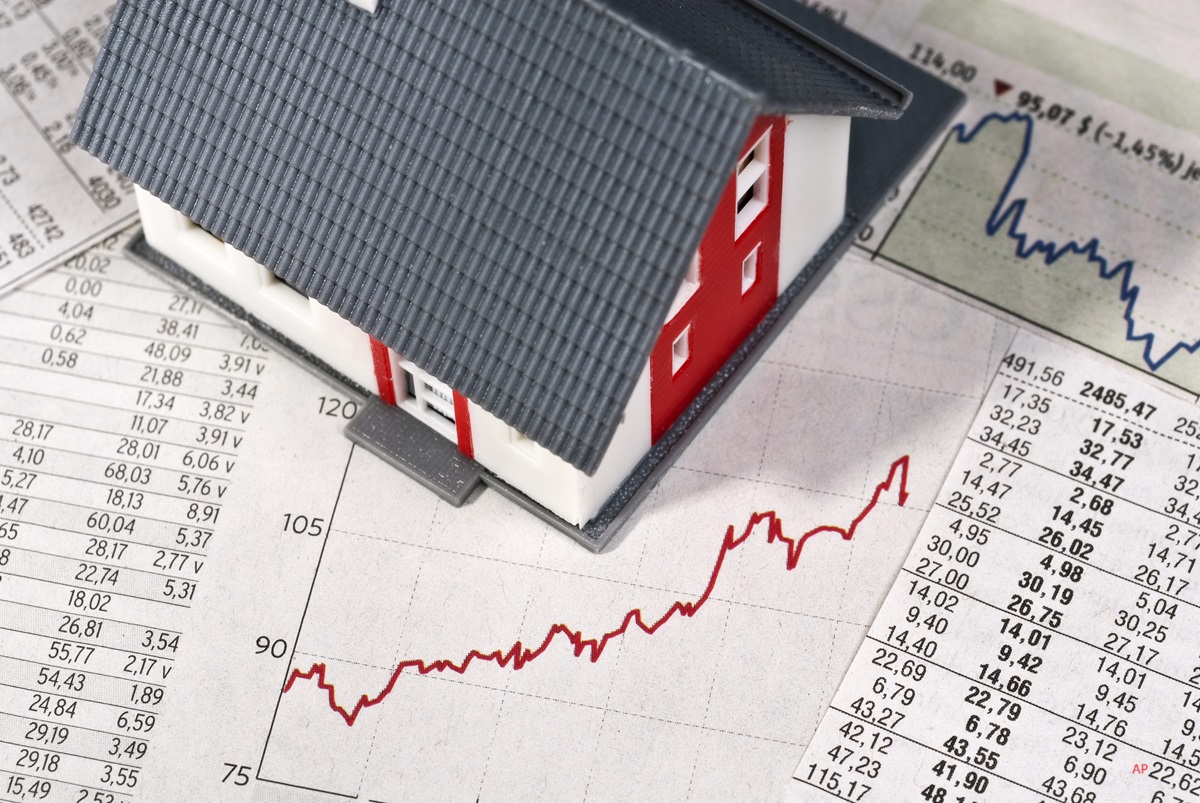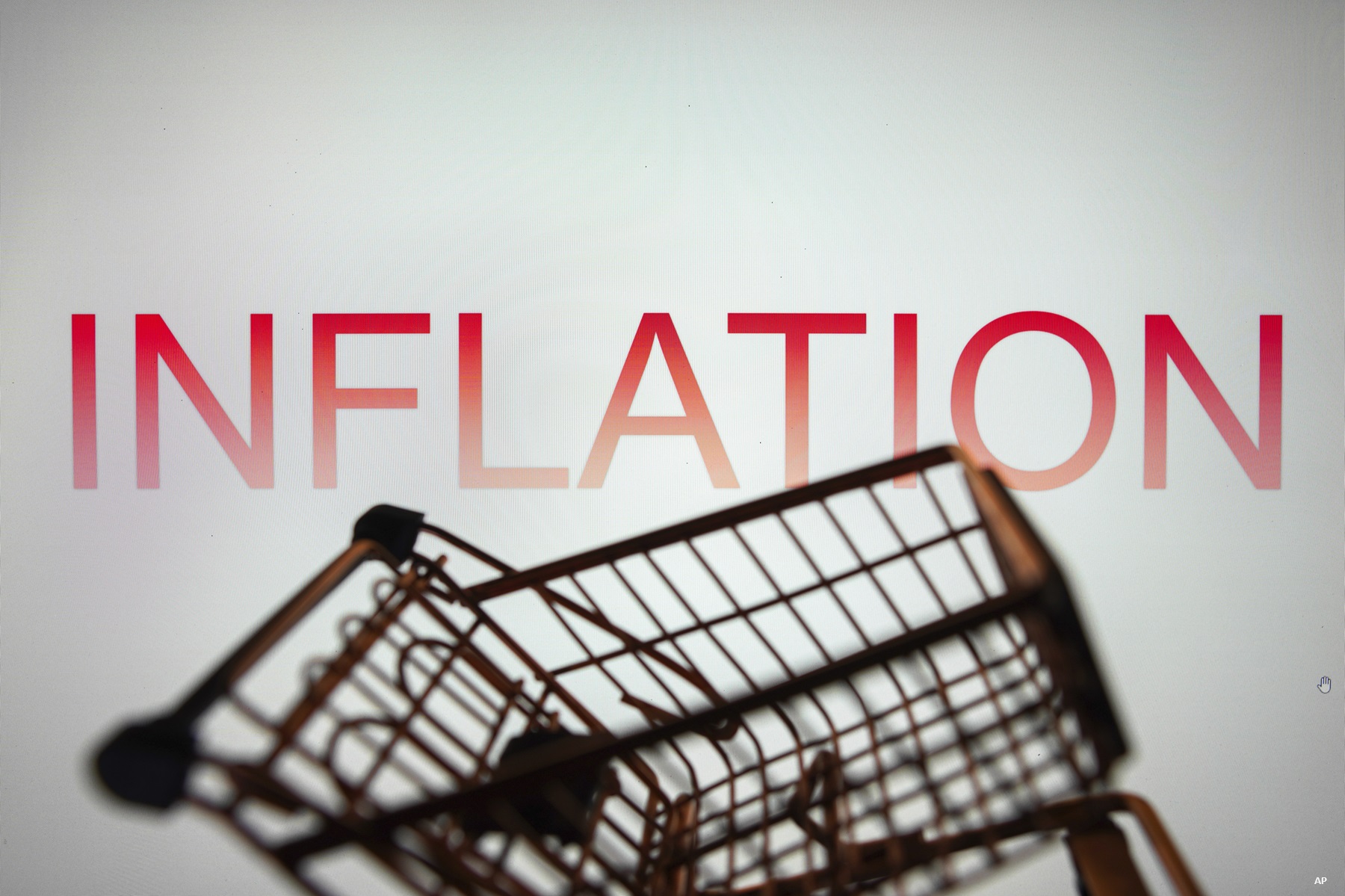
Mortgage rates continued to climb throughout 2023, and despite many predictions of rate cuts, they remain stubbornly high so far this year. What does that mean for your planned renos?
As a result, many Canadian homeowners are weighing their options for upgrading their homes. For those unable to upgrade to a new home in the current market, remodelling and renovating their existing spaces presents an attractive alternative to add value to their property while enhancing the living experience.
A report by HomeStars Canada shows Canadians remain enthusiastic about renovation, with 96% of respondents reporting indoor renovation projects in the past year and 73% intending to do so in the next 12 months.
One of the most popular renovation options in Canada is kitchen remodelling. Regarded as the heart of a home, the kitchen is the part of the house where families spend a considerable amount of time cooking, eating and entertaining.
With the cost of purchasing a new home skyrocketing, many are choosing to remodel their kitchen - a project that can cost anywhere between $13,000 to over $40,000, depending on the size of the kitchen and materials used.
Best Value Home Renovations in Canada
Not all renovations have the same impact, and it's not solely about value. Homeowners often prioritize dream kitchens and luxurious bathrooms when looking for renovations with the highest return on investment (ROI). Hyper-personalized design choices or costly features, such as wine cellars, hot tubs or swimming pools, do not necessarily increase the sale price of the house.
“Refacing old cabinetry, upgrading appliances, and adding lighting are some of the kitchen upgrades that can provide the highest ROI,” says Sean Cooper, a mortgage broker, in Toronto.
Kitchen renovations tend to have the best return on investment, typically garnering a 75%-100% return, according to a RE/MAX study.
New Countertops, Cabinets and Paint are the Best Bang for Your Buck
The Re/Max study finds that kitchen upgrades such as countertop renovations offer the highest return on investment in the majority of housing markets. “In some cases, you can get an ROI of 100% or more on those renovations,” contends Cooper, but suggests it’s a good idea to speak to a trusted realtor about the best optional renovations, “if ROI is your main concern.”
Investing in new cabinetry, appliances, and a fresh coat of paint are regarded as some of the most valuable enhancements for a kitchen makeover.
A bathroom renovation is another top choice for homeowners, boasting meaningful value accretion. Well-executed bathroom renovations yield a return of 62%, per the RE/MAX report.
That being said, many real estate professionals contend that the most cost-effective way to enhance a home’s value is a fresh coat of paint, making it a perennially popular and a good selling tool. A simple paint job can typically generate a 60% return on your investment, claims the RE/MAX report.
Should I Borrow for My Reno?
Funding a home renovation is ideally done through savings. For some Canadians, those savings could be in the form of the downpayment on the house they couldn’t buy due to inflated real estate prices or high mortgage rates. Some others turn to borrowing, especially for costly projects like kitchen makeovers or basement finishing.
Home Equity Lines of Credit (HELOCs) are a popular borrowing option due to their favourable interest rates compared to unsecured loans. Typically tied to the prime interest rate, currently at 7.20%, HELOCs offer variable rates.
However, renovation budgets can often be a leaky bucket as expenses tend to overshoot what’s planned for. This may necessitate borrowing additional funds if savings or loans prove insufficient.
Do a Cost Breakdown
“Make sure you have a clear breakdown of all costs involved,” says Cooper, who suggests “getting several quotes before deciding to move forward with a project and not giving too much money upfront as a deposit.”
Materials and labour make up the bulk of renovation costs. Cooper recommends giving no more than 50% and “try to keep it to 20% to cover materials.”
It’s also a good idea to have a financial arrangement for cost overruns. “Having a contingency fund of at least 25% [of the total reno budget] helps protect you in case the project goes over budget,” says Cooper.
Don’t Leave Money on the Table
Many Canadians are not aware of the home reno tax credits and rebates they can claim. Not availing of those tax benefits could be missed opportunities. Depending on their specific situation, Canadians can avail of many tax credits including the home accessibility tax credit worth up to $20,000, which offers a tax credit of up to $3,000; the multigenerational home renovation tax credit for taxpayers who are 65 or older; and the HST new housing rebate for those renovating their primary residence substantially (90% or more of the interior of an existing house).
It must be noted that these rebates are only available to qualifying taxpayers, so it is important to understand the eligibility criteria and conditions. As well, it’s always advisable to consult a qualified expert before undertaking any significant renovation projects – including any DIY attempts to improve your ROI.





:quality(80)/cloudfront-us-east-1.images.arcpublishing.com/morningstar/KWYKRGOPCBCE3PJQ5D4VRUVZNM.jpg)







.jpg)





